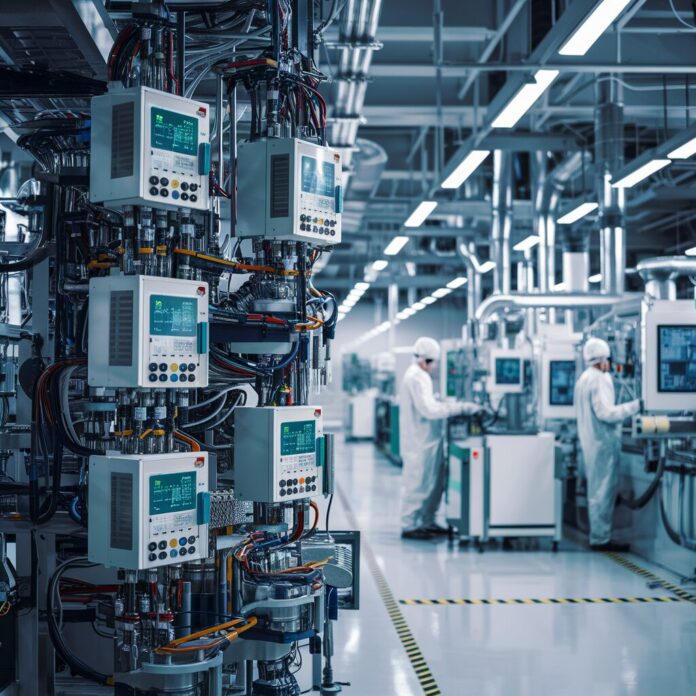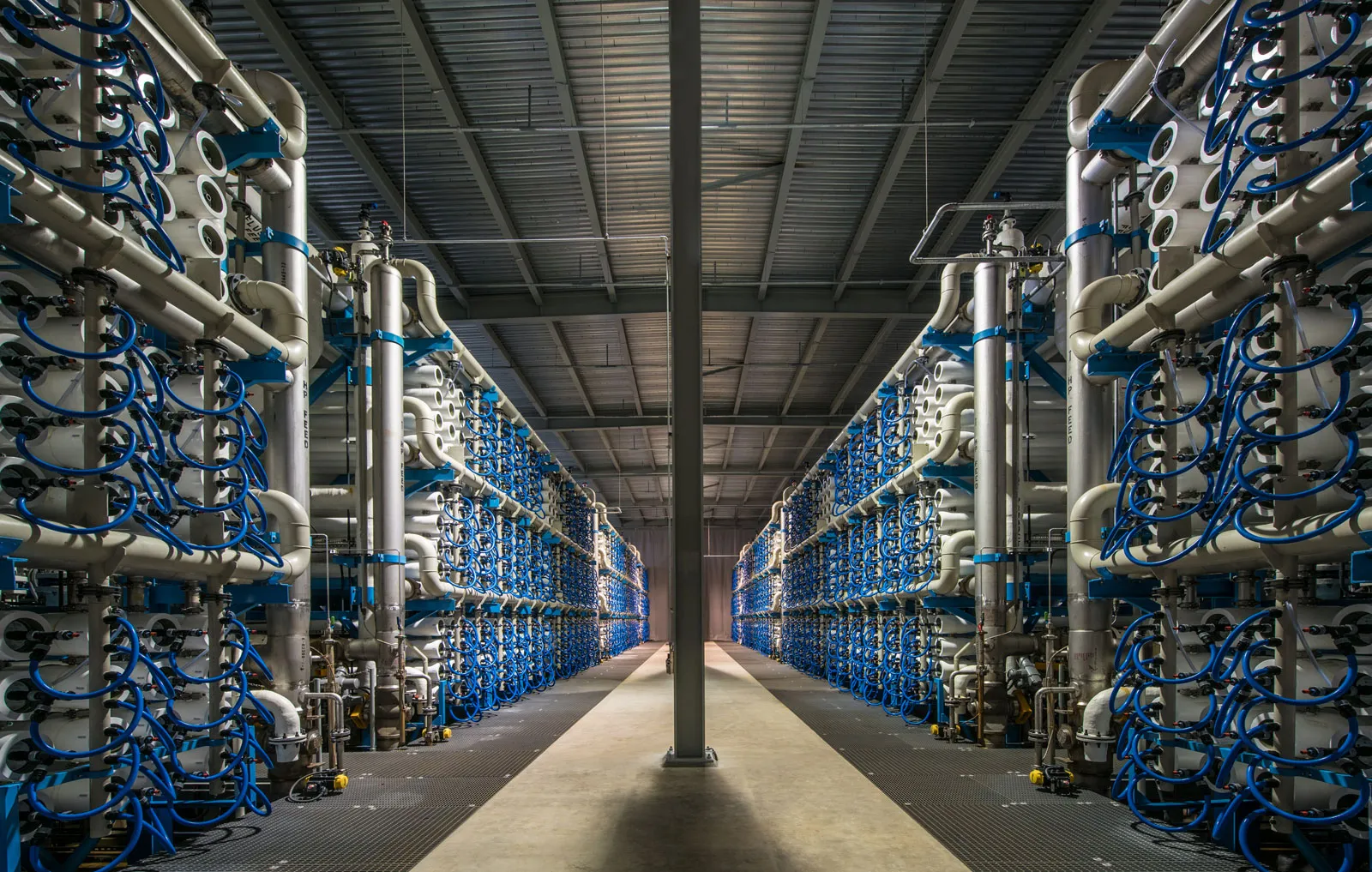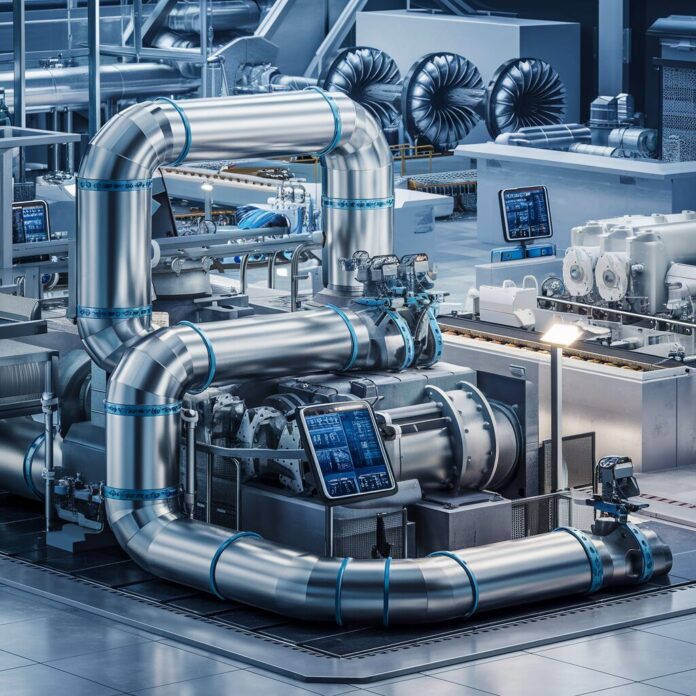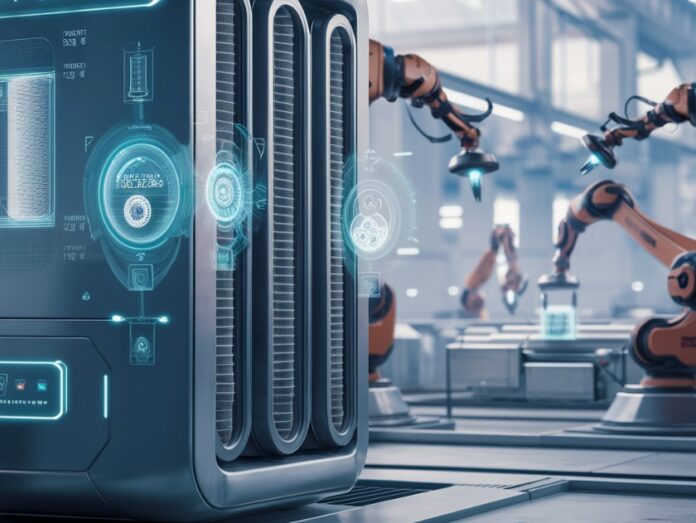Industrial filtration systems are essential for maintaining the efficiency and longevity of machinery and equipment, as they remove contaminants, dust, and debris from various fluids. To ensure optimal performance and reduce downtime, advanced filtration monitoring systems have emerged to help monitor and manage these processes more effectively.
In this article, we will explore the top filtration monitoring systems for industrial use in 2024, which can significantly improve productivity and lead to cost savings.
Fleetguard Filters, for instance, represent one of the renowned filtration product lines that contribute to the overall effectiveness of these systems.
The Importance of Filtration Monitoring


Proper filtration monitoring is essential for maintaining the health of industrial equipment and ensuring consistent performance.
By continuously monitoring filtration systems, operators can detect potential issues early, prevent unscheduled downtime, and optimize maintenance schedules.
Top Filtration Monitoring Systems
- Pressure Differential Monitoring Systems: Pressure differential monitoring systems measure the pressure drop across a filter element, indicating when it’s time for a filter change.
These systems provide real-time data, allowing operators to make informed decisions about filter maintenance and reducing the risk of unplanned downtime.
- Particle Count Monitoring Systems (PMS) provide technologies to detect, analyze, and manage cleanroom contamination.
They measure the number of contaminants in a fluid, providing an accurate assessment of filtration efficiency. By monitoring particle counts, operators can determine when filters need to be replaced or cleaned, ensuring optimal filtration performance.
- Acoustic emission monitoring systems (AE) testing is a non-destructive testing (NDT) technique that detects and monitors the release of ultrasonic stress waves from localized sources when a material deforms under stress. This non-intrusive monitoring method allows operators to identify potential issues before they lead to filter failure or equipment damage.
- Infrared thermography monitoring systems use thermal imaging cameras to detect temperature variations across filter elements. These variations can indicate the presence of contaminants or blockages, allowing operators to address issues proactively and maintain optimal filtration performance. The primary goal of infrared thermography is to confirm machinery is running normally and to detect abnormal heat patterns within a machine, indicating inefficiency and defects. Inspecting mechanical equipment using infrared thermography is a big advantage for asset managers tasked with condition monitoring.
- Flow rate monitoring systems measure the flow rate of fluids passing through a filter, providing insights into filtration efficiency and potential blockages. By monitoring flow rates, operators can identify issues early and take appropriate action to maintain optimal filtration performance. It uses the pulse output from a flow sensor to compute and display the flow rate and flow total. Flow monitors are available with a range of features, from simple flow rate indicators to high-end monitors with multiple controls and even hazardous area approval options.
- Wireless filtration monitoring systems use sensors and wireless communication technology to transmit real-time data on filtration performance to a central monitoring station. These systems enable operators to remotely monitor and manage filtration processes, improving efficiency and reducing the need for manual inspections.
What are the 3 main types of filtration systems used?


Three common types of membrane filtration are reverse osmosis, ultrafiltration, and microfiltration. These membrane filtration techniques are employed in various industries to separate and purify substances, and monitoring systems play a crucial role in maintaining their efficiency and performance.
Here’s a brief overview of each type and their connection to filtration monitoring systems:
- Reverse Osmosis (RO): Reverse osmosis is a pressure-driven membrane filtration process that removes dissolved solids, ions, and larger molecules from liquids, such as water. In industrial settings, RO systems are used for water treatment, desalination, and purification of process streams. Filtration monitoring systems help track the performance of RO membranes by measuring parameters like pressure, flow rate, and water quality. This data enables operators to optimize the filtration process, schedule timely membrane replacement, and minimize downtime.
- Ultrafiltration (UF): It is a membrane filtration process that separates suspended solids, colloids, and macromolecules from liquids based on their molecular weight. UF is commonly used in industries like food and beverage, pharmaceuticals, and wastewater treatment. Filtration monitoring systems are essential for UF applications, as they help operators monitor the buildup of contaminants on the membrane surface, which can affect filtration efficiency. By tracking parameters like transmembrane pressure and permeate flux, operators can determine when it’s time to clean or replace the UF membrane.
- Microfiltration (MF): It is a membrane filtration process that removes particles, bacteria, and other microorganisms from liquids based on their size. MF is used in various industries, including food and beverage, biotechnology, and water treatment. Filtration monitoring systems are crucial for maintaining the performance of MF membranes, as they help operators track the accumulation of particles on the membrane surface. By monitoring parameters like pressure drop and flow rate, operators can optimize the filtration process, schedule cleaning or membrane replacement, and ensure consistent product quality.
Selecting the Right Filtration Monitoring System


Choosing the right filtration monitoring system depends on several factors, including the specific filtration requirements, the type of industrial equipment, and the operating environment.
It’s essential to consider factors such as accuracy, reliability, ease of installation, and compatibility with existing systems when selecting a filtration monitoring solution.
The Benefits of Advanced Filtration Monitoring Systems:
Implementing advanced filtration monitoring systems offers numerous benefits, including improved equipment performance, reduced downtime, and lower maintenance costs.
These systems enable operators to make data-driven decisions about filter maintenance, ensuring optimal filtration performance and extending the lifespan of industrial equipment.
In conclusion, the importance of advanced filtration monitoring systems in industrial settings cannot be overstated. These innovative systems offer numerous benefits, such as improved equipment performance, reduced downtime, and lower maintenance costs. By providing real-time data and enabling data-driven decisions, they ensure optimal filtration performance and extend the lifespan of industrial equipment.
When selecting the right filtration monitoring system, it’s crucial to consider factors like specific filtration requirements, the type of industrial equipment, and the operating environment. By doing so, you can find a solution that best fits your needs, offering accuracy, reliability, and seamless integration with existing systems. It’s also essential to invest in high-quality filtration products, that work in harmony with these monitoring systems to deliver exceptional results.
Implementing top filtration monitoring systems and incorporating reliable filters into your industrial processes not only enhances productivity but also contributes to a safer and more efficient work environment. As you strive for continuous improvement and optimization, remember that a comprehensive approach to filtration, combining advanced monitoring and high-quality filters, paves the way for a more prosperous and sustainable future in your industry.







